Defensive Riding: The Proactive Approach to Minimizing Risks and Maximizing Enjoyment
Defensive riding is a crucial skill that every motorcycle enthusiast should prioritize. By adopting a proactive approach to safety, you can minimize risks and enjoy a more secure riding experience. This technical guide will delve into the art of defensive riding, providing valuable tips and strategies to help you navigate the road with confidence.
Stay Visible
One of the most critical aspects of defensive riding is ensuring that you are visible to other motorists. Position yourself in the lane where you can be easily seen, use high-visibility gear, and keep your headlights on at all times.
Maintain a Safe Following Distance
Allowing sufficient space between your motorcycle and the vehicle in front of you provides more time to react to sudden stops or changes in traffic. A general rule of thumb is to maintain a following distance of at least two seconds in ideal conditions, with adjustments for adverse weather or road situations.
Scan and Anticipate
Continuously scan your surroundings, paying attention to vehicles, pedestrians, and potential hazards. Anticipate how other drivers may react and be prepared to respond accordingly. This proactive approach can help you avoid collisions and make safer decisions on the road.
Adopt Proper Lane Positioning
Your position within the lane can impact your visibility and reaction time. Choose a lane position that maximizes your visibility to other drivers, allows for an escape route, and provides optimal space for maneuvering.
Practice Smooth and Controlled Maneuvers
Smooth and controlled riding techniques, such as gradual acceleration, gentle braking, and steady cornering, can enhance stability and safety. These skills require practice and can be honed through rider safety courses or dedicated practice sessions.
Communicate Your Intentions
Use your motorcycle's turn signals, brake lights, and body language to communicate your intentions to other motorists. Clear communication can help prevent misunderstandings and reduce the likelihood of accidents.
Be Prepared for the Unexpected
Even with careful planning and preparation, unexpected situations can arise. Equip your motorcycle with a well-stocked emergency kit, including a first aid kit, tire repair tools, and a flashlight, to handle unforeseen events.
Invest in Continuous Learning
Defensive riding is an ongoing learning process. Stay informed about new safety techniques, attend refresher courses, and learn from fellow riders to continue improving your skills.
In conclusion, mastering the art of defensive riding is essential for a safer and more enjoyable motorcycle experience. By prioritizing visibility, maintaining a safe following distance, scanning and anticipating, and continually refining your skills, you can confidently navigate the road and embrace the thrill of motorcycle riding.
To read more on this subject, click to read Longer Days, More Riding Time: Making the Most of Spring!
For additional information click SPRING MOTORCYCLE RIDING to learn more.





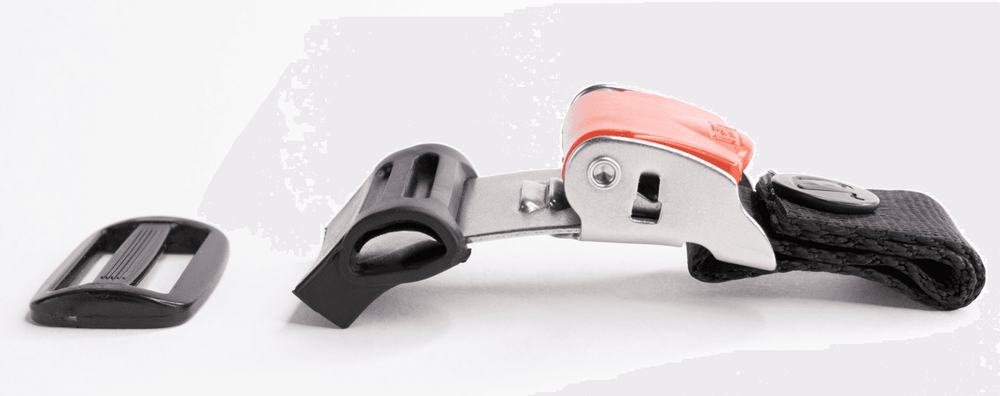
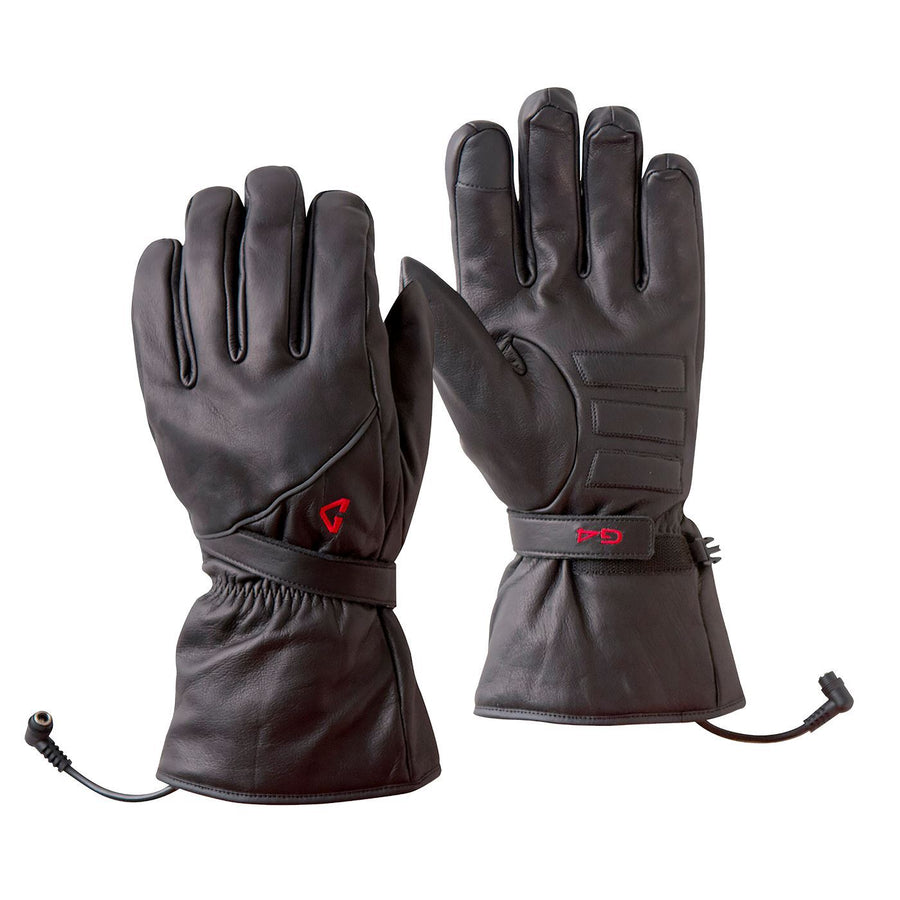

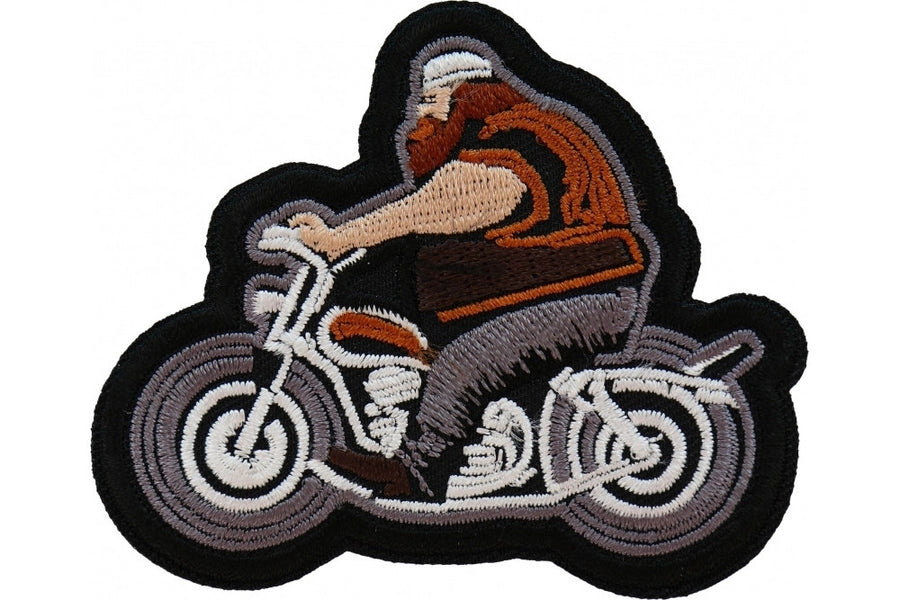

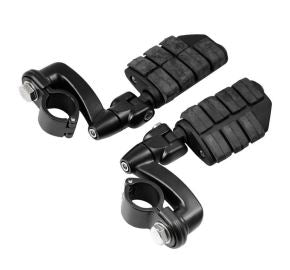


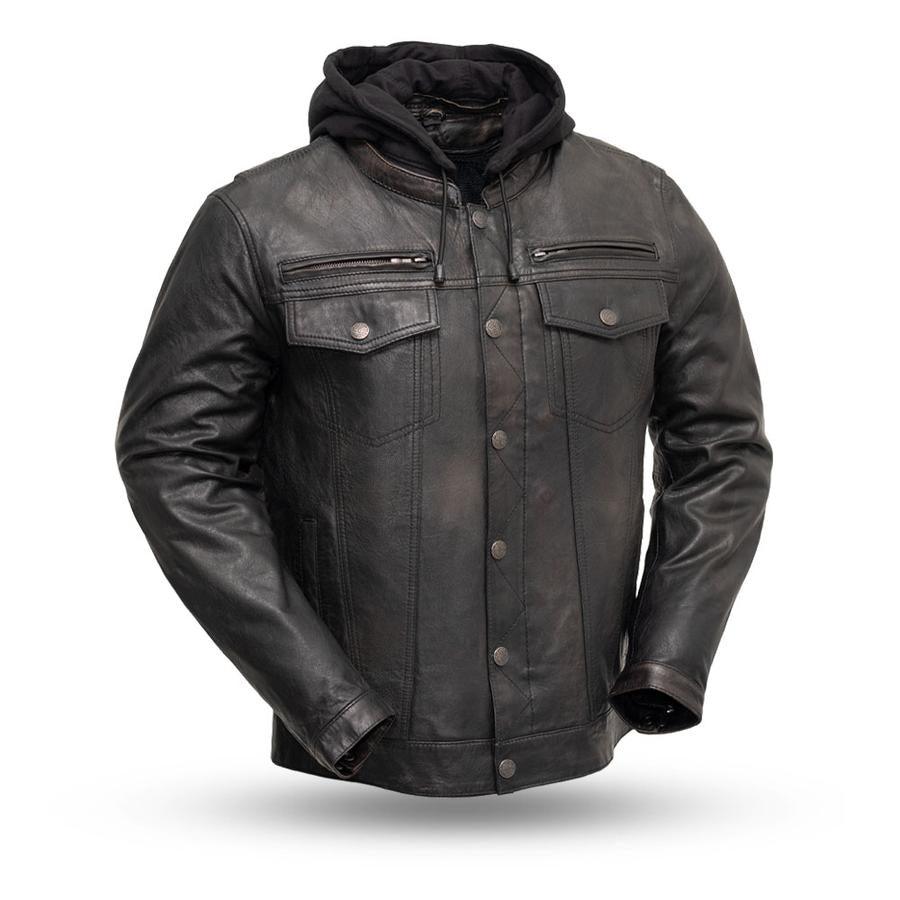
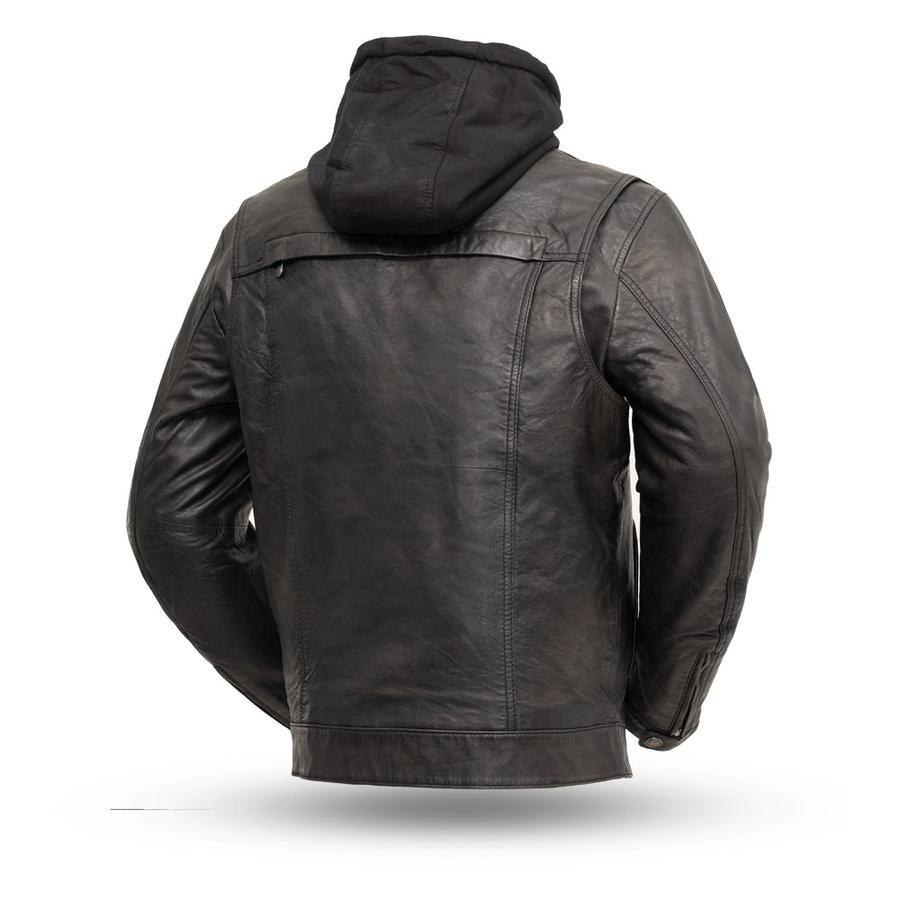
Leave a comment